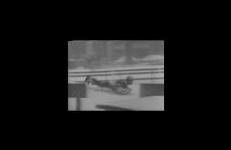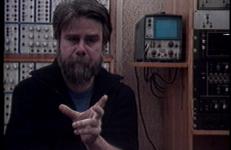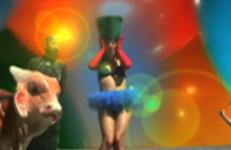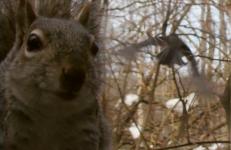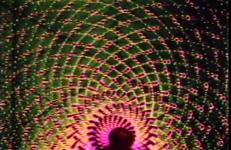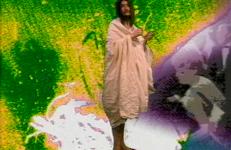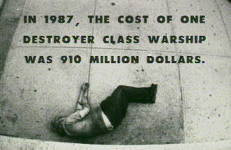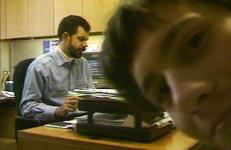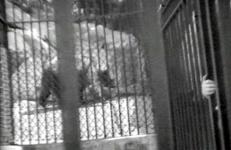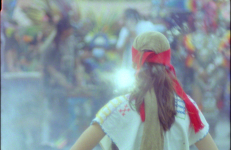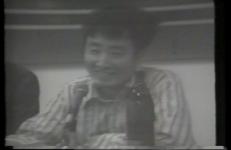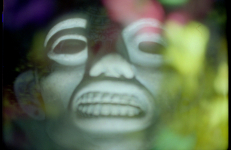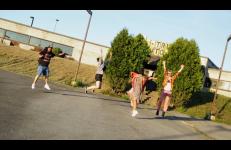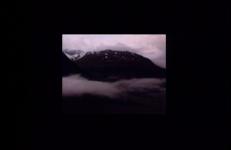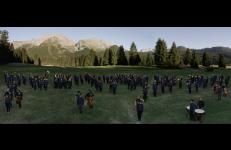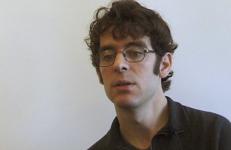Tour Without End is an experimental hybrid feature-length video work that casts real-life musicians, artists, and actors as fictional bands on tour; the piece evolves into a cross-generational commentary on contemporary culture and politics in the Trump era. Shot over the course of four years between 2014-18 at over 15 DIY music spaces in and around NYC, Tour Without End functions as a time capsule — made more apparent by the shuttering of many of its locations due to NYC’s rapid gentrification.
The work’s multitude of characters are legendary performers in the downtown NYC arts scene, including: The Wooster Group founder Kate Valk, Jim Fletcher (New York City Players), Lizzi Bougatsos (Gang Gang Dance), Kathleen Hanna (The Julie Ruin), Brontez Purnell (The Younger Lovers), Eileen Myles, Alexandra Drewchin (Eartheater), Nicole Eisenman, K8 Hardy, Johanna Fateman (Le Tigre) Shannon Funchess (Light Asylum), JD Samson (MEN), Gary Indiana, Kembra Pfahler (Voluptuous Horror of Karen Black), Rachel Mason, Tom McGrath, Matthew Asti (MGMT), Becca Blackwell, Christen Clifford, Alessandra Genovese (Crush), Rogelio Ramos (Love Pig), Kenya Robinson (Cheeky LaShae), and Neon Music (Youth Quake).




